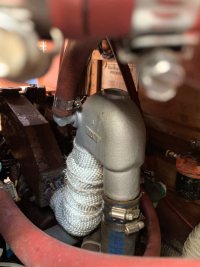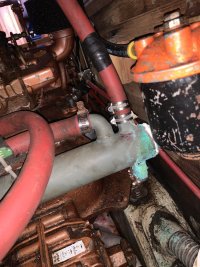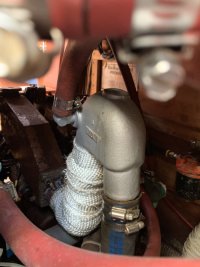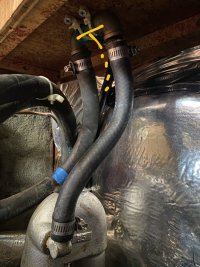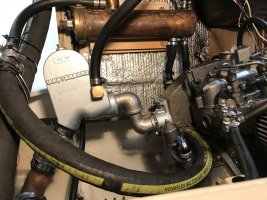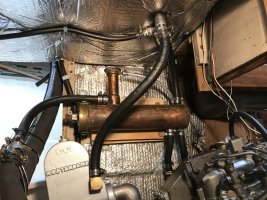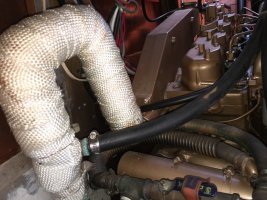Kevin A Wright
Member III
It sounds like you've covered the likely suspects on the inlet side barring something like a jellyfish flapper valve. But rather than start at the discharge of the pump, I'd disconnect the water to the exhaust mixer and check there. That is an area where carbon/Salt/Crud can build up and block the water flow. Often lost of salt buildup due to the hot fitting. If it can't get out, it won't suck in.
If you get water flowing there you automatically know your pump, heat, exchanger, etc is OK and you just need to ream out the injector. If not you can start working backwards from there as next most likely area is heat exchanger,
Good Luck!
Kevin Wright
E35 Hydro Therapy
If you get water flowing there you automatically know your pump, heat, exchanger, etc is OK and you just need to ream out the injector. If not you can start working backwards from there as next most likely area is heat exchanger,
Good Luck!
Kevin Wright
E35 Hydro Therapy


